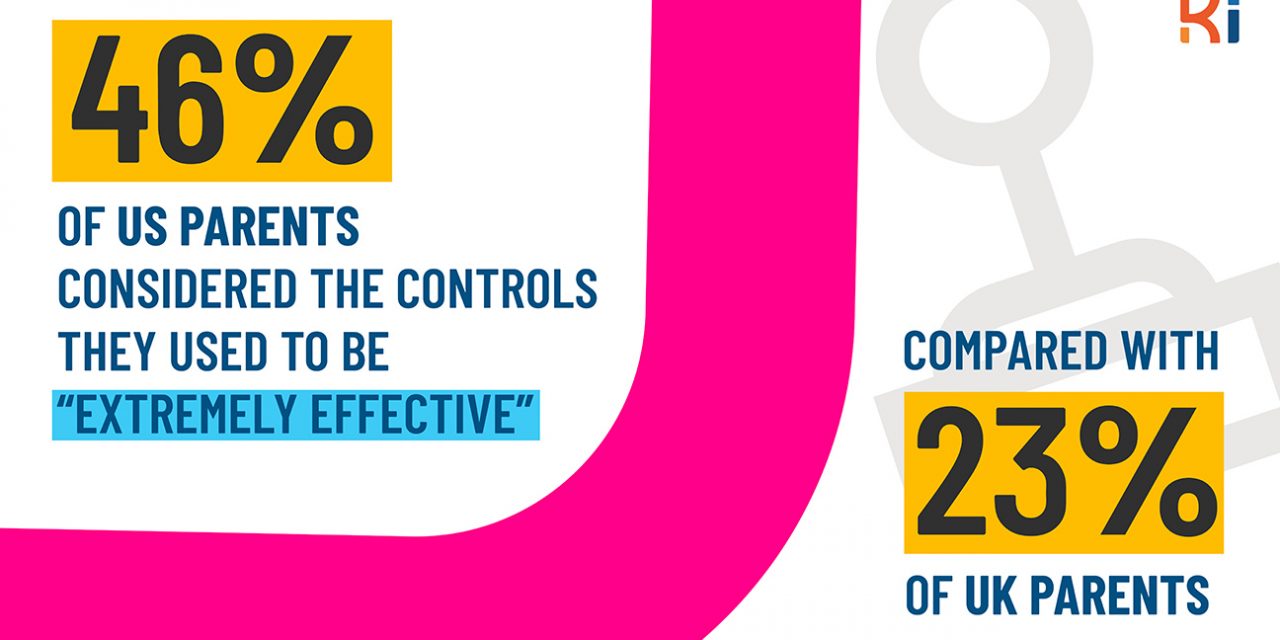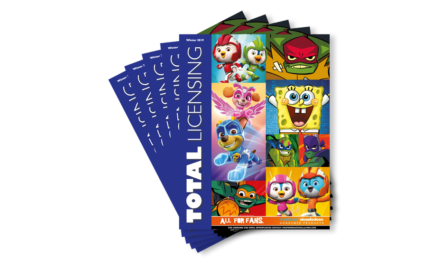
KIDS INDUSTRIES RESEARCH UNVEILED

As schools across the UK break up for the long summer breaks, family-focused marketing agency Kids Industries (KI) has launched the findings of its latest research, looking at how UK & US children spend their time online and what controls parents have in place to keep them safe across different platforms.
The research – carried out across 2,001 parents of children (aged 5-15) in the UK and US – paints a worrying picture – with one in four parents (28 percent in the UK and 19 percent in the US) admitting that they have no internet controls, features or tools in place to protect their children despite their rising concerns over how much time is spent online.
Gary Pope, CEO and Co-Founder at KI and Children’s Commissioner for Products of Change, commented: “Our data, coupled with the latest warning from the NSPCC of a ‘tsunami’ of online child abuse taking place, highlights the action needed to better support parents with information about how they can protect and support their children when online. Making sure controls are in place is hugely important – especially since many will be left to browse unsupervised across the summer break.
“Children today are known to have, on average, at least three different digital devices and start owning them from as young as four years old. Parents have a mammoth task to ensure they’re handled correctly so it is essential they are supported in doing so.”
Key findings include:
Accessibility to smart devices is widespread amongst UK & US children
78 percent have access to a smart TV and the same number have access to a smartphone. 66 percent can gain access to a desktop/laptop in the home, 71 percent to tablets, 55 percent to stationary games consoles, 46 percent to smart speakers, 50 percent to mobile games consoles e.g., Nintendo Switch, and 27 percent to wearable tech e.g., smart watch.
Parents are struggling to use management features
Just under a quarter (23 percent) of UK & US parents have no digital controls, features or tool safeguards in place at all to prevent children from accessing digital content and platforms. This rises to 28 percent amongst parents of 12-15 year-olds.
Other noteworthy observations include:
- Just over a third (36 percent) of parents are using controls across streaming platforms e.g., Netflix Kids (rising to 44 percent among parents with children aged 5-7).
- 32 percent are using TV settings e.g., on Smart TVs or Sky.
- 33 percent are making use of online browser settings, for example, Google Chrome.
- Only 1 in 4 (25 percent) parents are using games console settings or built-in device settings, e.g., on a smartphone or PC. This sits at 21 percent amongst UK parents and rises to 29 percent of US parents.
- Just 14 percent of parents are using a dedicated paid app or software to safeguard their children’s access and 19 percent are using a dedicated free app or software tool.
Parents recognise the need for digital controls to protect their children
The top reason parents cited for using controls (56 percent) is to try and protect their children from seeing harmful or inappropriate content.
Making sure that they don’t interact with ‘dangerous’ people is also a highly rated reason (49 percent) as is keeping a track of what content they’re viewing (49 percent).
Interestingly, instead of using the controls as a safeguarding measure, 38 percent are applying them to manage the time spent on certain devices, games and sites and 37 percent are using them to manage their children’s spend on apps/gaming.
The effectiveness of parental controls is being called into question
Just 35 percent of parents considered the controls they used to be “extremely effective”, lower in the UK at 23 percent and higher amongst US parents (46 percent). The vast majority of both US and UK parents deemed controls “somewhat effective” (58 percent).
Pope concluded: “The news that the Government plans to table an amendment to the Online Safety Bill, giving Ofcom more power to demand platforms go further in their efforts to tackle abuse material – is positive but parents need more direct support. They are clearly struggling to manage accessibility and are likely intimidated by the technical know-how needed to apply these measures.
“As a society we have a collective responsibility to protect our young people from harm and ensure that their online and digital experiences are positive, educational and fun. More help is desperately needed.”
















